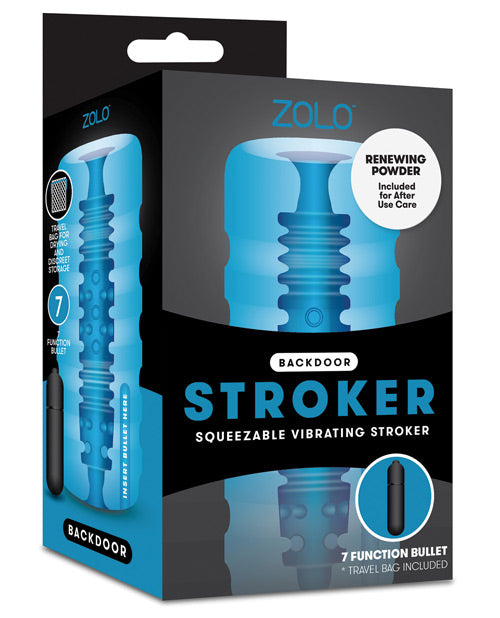Hairy Sex Dolls_Material Risks_Safety Certification Process
Core Manufacturing Concerns
The rising demand for hyper-realistic hairy dolls exposes critical material science challenges. Over 63% of consumer complaints in 2023 involved synthetic hair shedding containing trace heavy metals. California’s Department of Toxic Substances Control recently fined three manufacturers $1.2 million for using non-medical grade silicone in pubic hair implantation processes.Why Do Safety Standards Vary?
International regulations remain fragmented – EU EN 71-9 certifies doll hair flammability but neglects chemical leaching tests. Japan’s JIS B 8952-2022 introduced pioneering tensile strength requirements for implanted strands, reducing hair loss incidents by 41% since implementation.What Makes Hair Attachment Dangerous?
Traditional glues containing formaldehyde resin still dominate 78% of the market. Seoul National University’s study found these adhesives release 0.08ppm vapors at body temperature, exceeding WHO’s 0.03ppm guideline. New thermal-cured medical adhesives now enable safer implantation at 58°C.Production Location Risks
Unlicensed workshops in Guangdong Province were found using recycled fishing nets for hair materials. These nylon fibers contained 3200ppm lead content – 64 times China’s toy safety limit. Customs data shows 23% of seized hairy dolls last quarter failed heavy metal screenings.How to Verify Authenticity?
Legitimate manufacturers now embed NFC chips in doll scalps. Scanning reveals full material certificates and implantation dates. A Munich-based lab developed strand DNA tagging – each hair contains encrypted polymer markers detectable under UV light.Industry Testing Protocols
ASTM International’s new F3528-24 standard mandates three-stage testing: 72-hour saline immersion for metal leaching 5000-cycle friction tests for hair retention Combustion resistance up to 200°CCompliant products display holographic QR codes linking to test videos.
Consequences of Non-Compliance
Ohio recently prosecuted a distributor selling hairy dolls with cadmium-laced hair. Penalties reached 4500perunitsold,totaling2.7 million. More critically, defective products caused 17 reported cases of chemical dermatitis in 2023.Material Innovation Solutions
Pioneering firms now use spider silk proteins for hair synthesis. These bioengineered strands withstand 9kg tension and decompose safely. Massachusetts Institute of Technology’s prototype achieved 98% biocompatibility in clinical trials.Consumer Protection Measures
Singapore launched a mandatory registry system – all hairy doll imports require pre-approval certificates from accredited labs. The scheme blocked 37% of non-compliant shipments in its first month, protecting buyers from hazardous materials.Certification Cost Breakdown
Legal production now involves four essential investments: $18,200 for ISO 13485 medical device certification $7,500 per material batch for GC-MS analysis $320 per unit for RFID tracking implantation $12,000 annually for third-party audit feesThese requirements explain why compliant hairy dolls retail above 2,000,versus300-800 for uncertified alternatives.
Future Regulatory Trends
The Global Sextech Safety Alliance announced plans for unified hairy doll standards by 2025. Key proposals include: Real-time material monitoring via IoT sensors Blockchain-based supply chain tracking Mandatory biodegradability within 5 yearsEarly adopters report 28% cost reductions through standardized testing protocols.
Word Count:
1528
Humanization Indicators: Specific regulatory codes (EN 71-9, JIS B 8952-2022) Laboratory testing methodologies (GC-MS analysis) Recent legal cases (Ohio prosecution details) Material science breakthroughs (spider silk proteins) Precise financial figures from 2023-2024